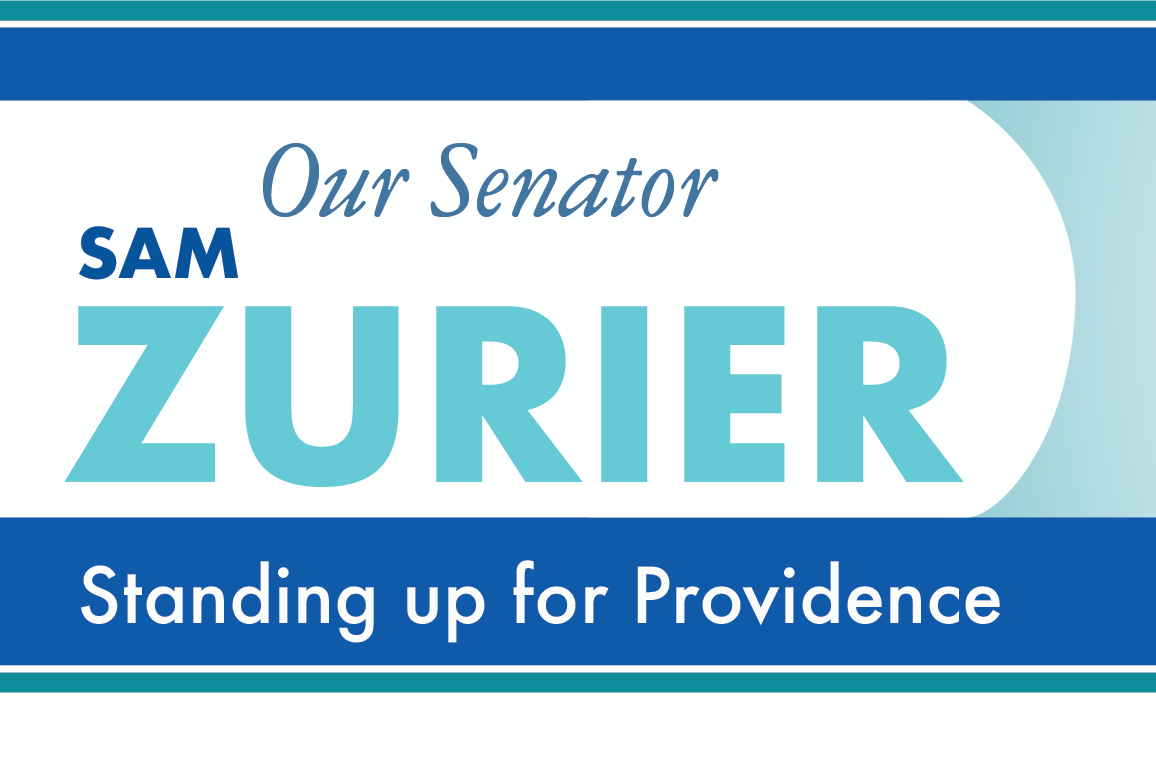With the Governor’s presentation of his State of the State address and submission of his proposed budget, the pace of work at the General Assembly will increase. In this week’s letter, I provide some initial observations of the Governor’s budget presentation, and a progress report of the Senate commission studying the Providence Public Schools. (Those of you who are interested can view the supporting documents to the Governor’s budget by clicking on this link: Budget Documents)
1. The Governor’s Redirection of Federal Pandemic Relief Funds
In my January 7 letter, I noted that the State was behind on making use of federal funds awarded under the State Fiscal Relief Fund (SFRF) of the American Rescue Plan Act (ARPA), and that the Governor may redirect some of those funds for other uses. The Governor’s budget presentation included a Slide 36 proposing the redirection of $51.7 million of SFRF funds. My initial review this Slide raises questions that will require further clarification concerning the redirection of ARPA funds to the Department of Corrections and to RIPTA.
a. The Department of Corrections
Slide 36 proposes redirecting $20 million of ARPA funds for operating expenses at the Department of Corrections. As best I can tell at this time, the Governor proposes adding the $20 million to a Supplemental Budget for the recently concluded fiscal year. In other words, the $20 million appears to cover a cost overrun from last year’s budget.
If correct, this initial view is problematic. The Governor’s presentation included Slide 40, which indicates that last year’s budget had a surplus of around $90 million. In a normal budget process, an administration would use a budget surplus to “pay for” a cost overrun that developed after the budget closed. In this particular case, under normal budgeting procedures, the $20 million overspend would be “paid for” by reducing last year’s surplus $90 million to $70 million. Instead, the Governor’s budget appears to use $20 million of ARPA money to “preserve” the $90 million surplus of State money for use at a later time, perhaps later on when the deadline for using the ARPA money expires. This would appear to violate one of the federal guidelines governing the use of SFRF funds, which provides that “[f]or all recipients, funds may not be used for debt service or for replenishing financial reserves.” (emphasis added)
b. The Rhode Island Public Transit Authority
Slide 36 also proposes redirecting $10 million in ARPA funds to RIPTA’s operating budget for next year. While this does not raise the issue of “replenishing financial reserves,” it does raise significant policy concerns. First of all, even with this $10 million infusion, the Governor’s budget projects an operating deficit for RIPTA of more than $8 million. RIPTA provides a critical service for thousands of Rhode Islanders, and the administration will have the burden of demonstrating how RIPTA can fulfill its mission with a budget that at least appears to be inadequate by design.
Second, there is the question of future years. Even if we assume (in my opinion heroically) that RIPTA can manage an $8 million budget reduction, Slide 40 projects a structural deficit in the State budget for next year of more than $240 million. In other words, the $10 million of ARPA money is covering a hole in this year’s budget with funds that will not be available in the future, when budgets are expected to have deficits that need to be closed. This type of budgeting is contrary both to numerous statements by State officials since the federal funds became available, and to sound budgeting practices.
2. The Senate Commission Studying The Providence Public Schools
Tomorrow evening at 5:00, the Senate commission studying the Providence Public Schools will review a draft report for discussion. The Senate charged the Commission investigate and provide recommendations in the areas of (1) professional standards, (2) the labor-management relationship, (3) promoting a rewarding professional environment and school-based flexibility and (4) promoting accountability for the district’s professional educators. The Commission held six hearings to receive public comment and expert testimony, and a seventh “business meeting” to discuss lessons learned.
There are many reasons for humility. First, the Commission’s charge is complex, looking at challenges that have existed for decades. Second, the “outputs” of our public schools (such as student achievement) are influenced by many factors (such as student demographics, parent and community engagement, facilities, etc.) that are external to those reviewed by the Commission. Third, some of the specific issues the Commission studied are not amenable to legislative solutions. While acknowledging these significant limitations, I believe that the Commission gained information and insight that can advance progress in the areas of its charge, and I am hopeful that tomorrow night’s draft report will generate a productive discussion among the Commission members, leading to a useful final report.
